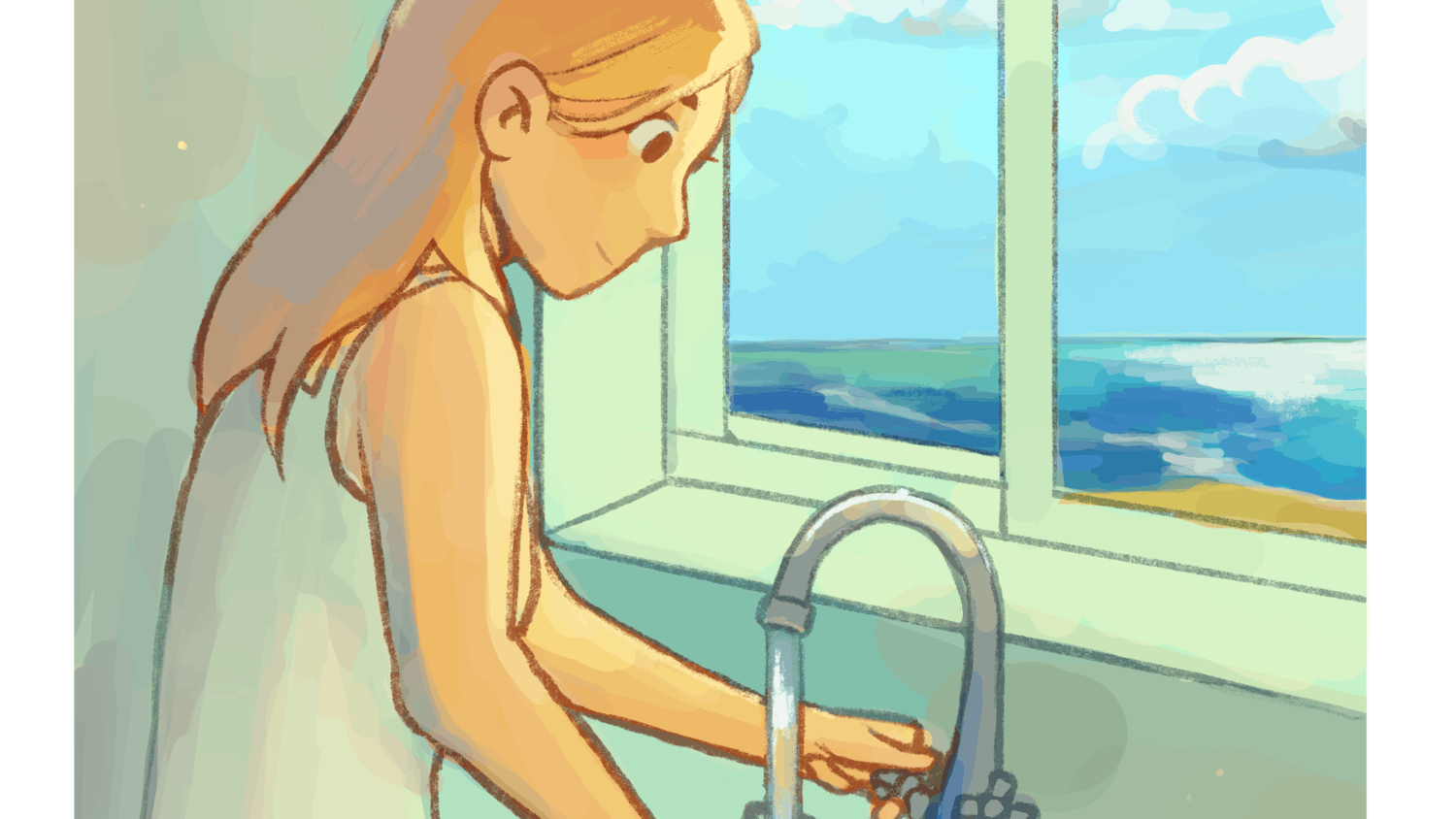At least 282 members of Rhode Island's homeless community may not have beds in state shelters this winter, according to statistics released by two homeless advocacy groups. This represents a more than three-fold increase from last year.
The Rhode Island Coalition for the Homeless, an advocacy agency that focuses on issues of public policy related to homelessness, and the Rhode Island Homeless Advocacy Project, a community-based organization that seeks to involve members of the homeless community in peer-to-peer advocacy, released current data at a press conference downtown Oct. 14.
Over 4,300 people are expected to access the homeless shelter system in 2010. This marks a significant increase over previous years. Of these individuals, 53 percent are homeless for the first time, according to a press release from the event.
Housing in R.I. has become "a commodity instead of a necessity," said John Joyce, one of the founders of RIHAP.
"We believe housing should be a human right," he added.
The state's emergency shelter system can accommodate an additional 67 people by placing them in four different shelters across the state. But there is not enough funding to maintain these openings throughout the winter, according to data from RICH.
"It's really not an adequate response yet," said Jim Ryczek, executive director of RICH.
The emergency shelter issue is one of the main issues that RIHAP has encountered since it was founded in February, said Megan Smith '10, co-founder of the organization.
"We really want to take the lead on making sure that there are adequate resources to house everyone this winter," she said.
Crossroads Shelter in Providence has seen dramatic increases in the homeless population since last year, said Karen Santilli, vice president of marketing and development at the shelter.
According to Santilli, Crossroads saw more families come through its doors by the end of July than it had served over the course of the last calendar year. "We were being inundated with families, particularly families that were new to homelessness," she said.
The women's shelter at Crossroads has seen tremendous influxes as well. Santilli said the women's shelter is currently housing 61 women in a building meant for 41 people. She added that eight to 10 women sleep on the floor of the conference room on an average night.
Though the number of people expected to access the shelter system has increased, the shortage of shelter space is a recurring problem. "It is a state-wide, year-round issue," Santilli said.
If the projected number of homeless people in Rhode Island proves true for 2010, "that's about 1000 more than we saw in 2009," said Eric Hirsch, a sociology professor at Providence College and the government relations chair for RICH. Hirsch put the state homeless figures in perspective, pointing to the housing burden — the gap between wages and the cost of housing. Rhode Island's housing burden is the second highest in the nation, placing only after Hawaii.
He attributed the recent increase in homelessness to the nation's economic downturn and high unemployment rate. There is a lag between when people lose their jobs and when they end up on the street, he said. People often double up with friends and family and end up homeless when that resource runs out.
"That's what I think is happening now," he said, "We're seeing the lag effect of the recession."
But Hirsch added that increasing the amount of available shelter space is just a short-term solution to the state's homelessness problem.
"We're very short-sighted in continuing to operate shelters, and we're neglecting permanent housing. That's one thing that Rhode Island needs to put more resources into," he said.
"Housing is one of the most fundamental stabilizing forces in someone's life," said Beth Caldwell '12, the student coordinator of Housing Opportunities for People Everywhere. "Once you don't have a place to live, it's incredibly hard to find employment after that."
The student-run organization works closely with advocacy groups like RICH and RIHAP.
Caldwell said the solution is not building additional shelters but creating more affordable housing.
"That's an ongoing challenge for people who are working on this issue," she added.
An earlier version of the caption for this article's photo misidentified the speaker. The correct name is Jim Ryczek.




